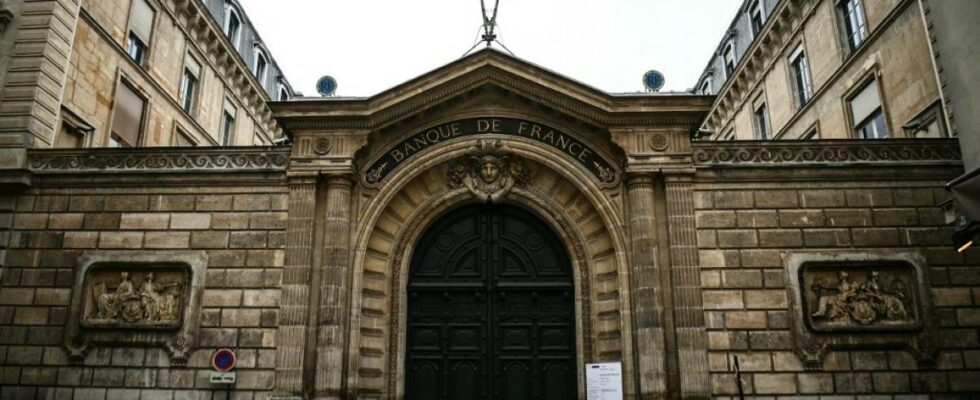(AFP / CHRISTOPHE ARCHAMBAULT)
The Prudential Control and Resolution Authority (ACPR), policeman of banks and insurance, published a document on Tuesday which transcribes the European rules concerning the steps to follow to recapitalize a bank threatened with bankruptcy.
The document focuses on one of the main tools of bank resolution: bail-in, which has losses absorbed by shareholders and debt holders rather than with public money. .
These approximately 80 pages imagine several scenarios, including getting an establishment back on track over the course of a weekend.
It also defines the role and responsibilities of the numerous stakeholders, the single resolution board (CRU), a European body, the resolution college of the ACPR, the Financial Markets Authority (AMF), the stock exchange operator Euronext Paris or even a potential special administrator.
Numerous rules have been put in place since the 2008 crisis to prevent public authorities from pulling out their checkbook to bail out a failing banking establishment.
The catastrophic takeover of Credit Suisse by UBS, under the aegis of the Swiss authorities at the beginning of last year, had shaken up the hierarchy of creditors, first involving debt holders and partly sparing shareholders. The document published by the ACPR reiterates the impossibility of such a scenario in France.
France has six major banking establishments: BNP Paribas, Crédit Agricole, BPCE, Crédit Mutuel, Société Générale and the Postal Bank.
Other resolution methods exist, and can in certain cases be combined with internal bailout: the transfer of activities to another establishment, the separation of assets or the extinguishment management of non-essential assets.
Several barriers are expected to come into play before this stage, such as regular and extensive monitoring by the supervisor and capital requirements.
